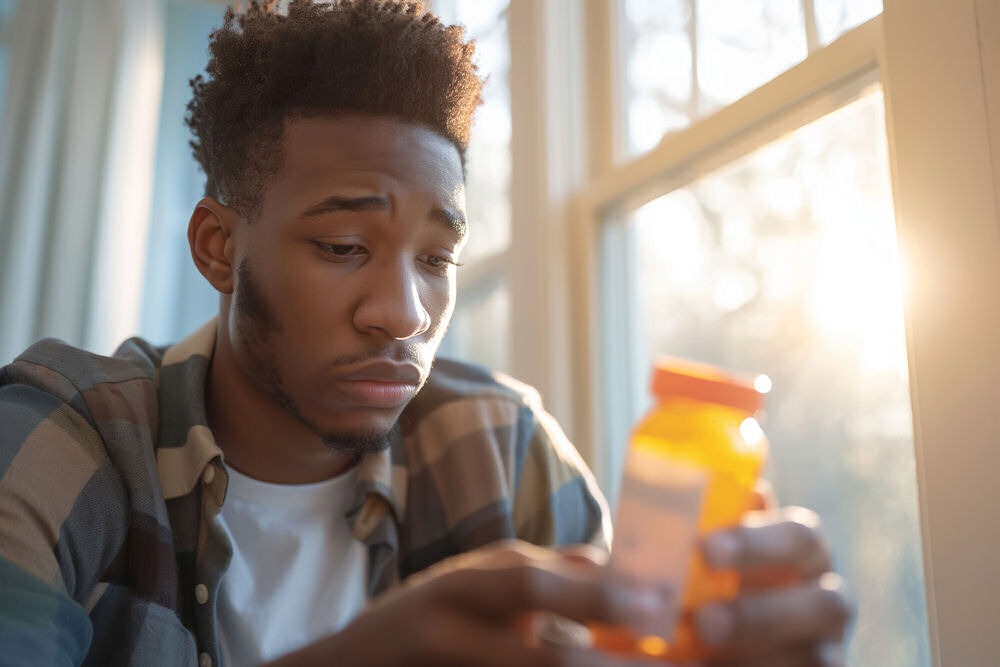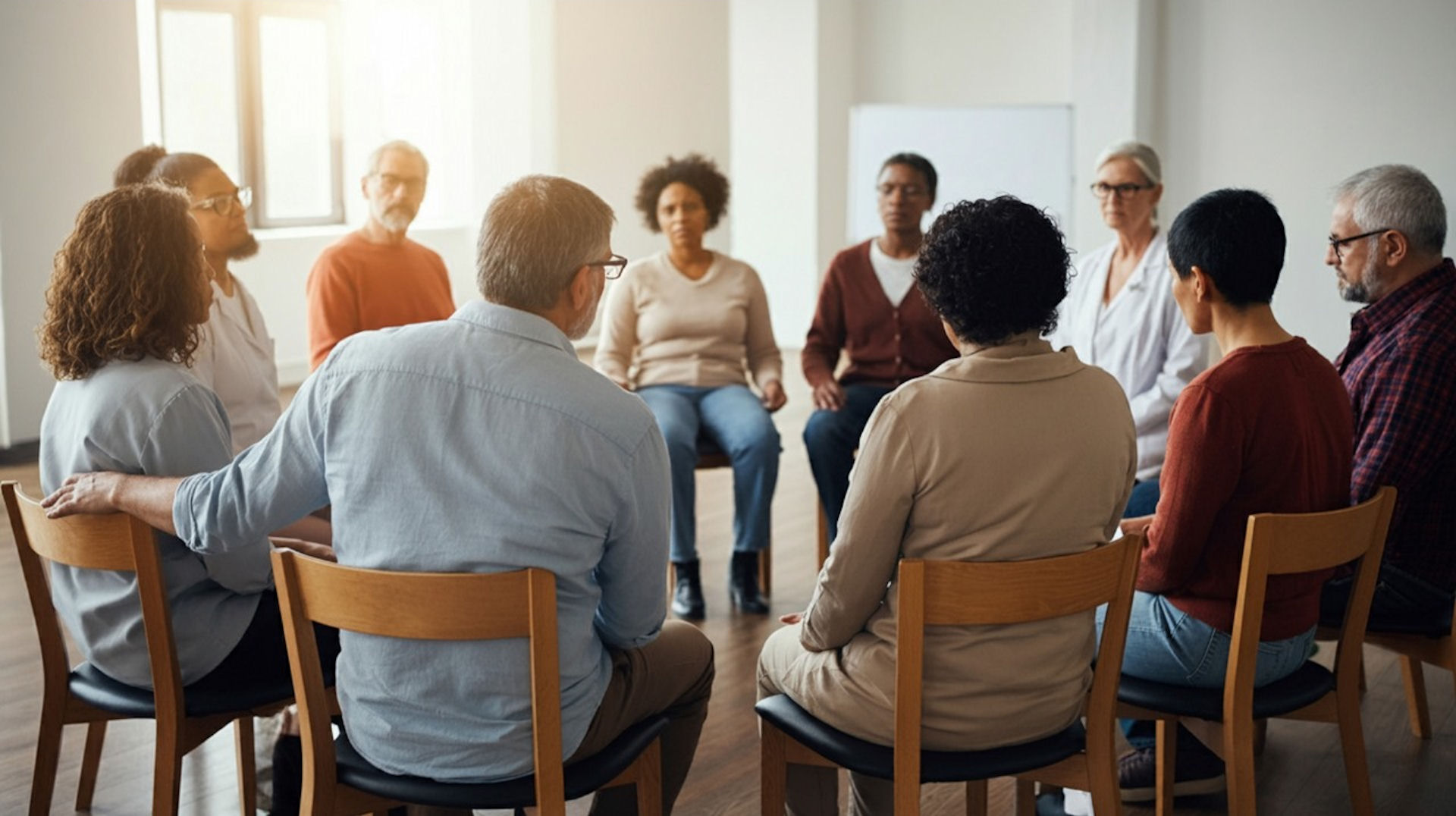Opioid Addiction Treatment in Westlake Village, California
But there is help available. At Westlake Village Recovery Center, we’re committed to providing help and treatment to those suffering from opioid addiction. We are a judgement-free treatment center ready and willing to help people free themselves from the prison of opioid addiction.
The category of opioids includes a variety of substances, including:
- Illegal opioids: Frequently derived from morphine, heroin is an example of an illegal opioid.
- Semi-synthetic opioids: These compounds are typically made in a lab by chemically changing natural opiates. They have a similar chemical structure to naturally occurring opiates and include oxycodone, oxy morphine, and hydrocodone.
- Synthetic opioids: These opioids are entirely lab-made and include powerful substances such as fentanyl, methadone, buprenorphine, and tramadol. This category also includes the highly addictive drug fentanyl.
Opioids vs. Opiates
Because of their similar molecular structure, opioids and opiates share similar effects on the body, mainly pain relief and potential for addiction. Opiates are naturally occurring compounds that come directly from the opium poppy plant. Morphine, opium and codeine are opiates. Heroin is also derived from the opium poppy by modifying morphine
What Makes Opioids so Dangerous?
Opioids are used to help with pain management because they know how to directly target it in the body. By working directly with the body’s central nervous system, opioids can help relieve pain by blocking signals from the brain. But this means that opioids are working directly with one of the most important systems in the body. It is responsible for many of the body’s basic functions (including breathing), and withdrawal from opioid dependence can cause dangerous and adverse effects throughout the entire body.
Opioids activate the brain’s reward system by releasing large amounts of dopamine. Dopamine is a chemical messenger that is crucial in how people feel pleasure, motivation, and experience reward. It’s the “learning chemical” designed to help teach the person what is good for the body and what harms it. The euphoric sensation of using opioids can lead to repeated use and strong cravings for the drug, due to the person “learning” that it is good for the body. This can promote physical dependence and the person eventually becoming addicted to opioids.
Opioids can slow or stop a person’s breathing, causing a condition called hypoxia where not enough oxygen reaches the brain. Hypoxia can result in permanent brain damage, coma, or death. Risk of overdose increases with higher doses of opioids, ongoing use, and when opioids are mixed with other substances. This is especially true for other substances with depressant effects, a category that includes alcohol, many anti-anxiety medications, and sleeping pills.


Signs of Opioid Addiction
- Change in physical appearance
- Small pupils
- Depressed respiratory rate
- Nonresponsiveness
- Drowsiness
- Appetite loss or increase
- Weight loss or gain
- Acute flu-like symptoms (such as vomiting, sweating, shaky hands)
- “Track marks” on arms, between toes, or other places with easy vein access
- Changes in attitude or personality
- Avoiding contact with friends and family
- Change in hobbies, activities, or friends
- Secretive behavior
- Self-isolating
- Irritability or moodiness
- Nervousness
- Giddiness
- Impulsive stealing
- Missing medications
- Burned or missing spoons and bottle caps
- Syringes
- Missing shoe laces and belts
- Small bags containing powder residue
What are the Effects of Opioid Addiction?

Physical Effects
- Slowed or shallow breathing
- Cardiovascular problems (heart infections, irregular heartbeat)
- Gastrointestinal problems, such as chronic constipation
- Infections, including HIV, hepatitis C, bacterial infections)
- Organ damage (liver and kidneys)
- Withdrawal symptoms when stopping opioid use

Mental and Emotional Effects
- Worsened mental health conditions
- Impairment of memory, focus, or decision-making
- Emotional dysregulation, such as severe mood swings
- Increased suicide risk

Social Effects
- Breakdown of family relationships and friendships
- Loss of employment
- Homelessness
- Engaging in theft or drug dealing
- Legal repercussions, such as being arrested for possession
- Lasting stigma that limits employment and housing

Economic Effects
- Increased healthcare and treatment costs
- Overwork (or turning to illegal work) to afford drugs
- Decreased productivity at work
- Criminal justice system costs, such as fines
- Increased demand for social services
What to Do During an Opioid Overdose
- Unconsciousness or inability to wake up
- Slow or shallow breathing, or difficulty breathing
- Choking sounds or gurgling/snoring noise from a person who can’t wake up
- Purple or blue lips, skin, or fingernails
- Pinpoint pupils that don’t react to light
If the person is showing signs of overdose:
- Administer an opioid overdose reversal medication (naloxone, Narcan) if available
- Call 911
- Perform rescue breathing if they’re not breathing
- Keep the person awake and breathing
- Put the person on their side to prevent choking (on existing food or vomit)
- Don’t leave the person alone

Treatment Options for Opioid Addiction
This is the option most people think of when they talk about “going to rehab.” Also known as residential treatment, this type of program involves people with addiction stepping away from their lives entirely to focus on healing their addiction. They live at the treatment facility for a set amount of time, typically ranging from 28 days to a few months. This option is best suited for people with severe addictions or who have relapsed before in past attempts to become sober.
A partial hospitalization program is technically an outpatient program, because the individual does not reside full-time at the treatment facility. However, PHPs provide the same type of structured treatment sessions and high level of care as a residential program. The person is able to return home (or to a sober living facility) each day. It’s often a bridge between intensive care and less structured outpatient programs. PHPs typically focus on developing coping skills and relapse prevention strategies.
Intensive Outpatient Programs (IOPs) are direct services for people with substance use disorders who don’t need medical detoxification or 24-hour monitoring. They offer similar services as inpatient programs and PHPs, but people in the program continue to live at home. IOPs generally include a certain number of hours of structured programming per week. IOPs and PHPs are best for people who already have a stable living system and support system in place before entering addiction treatment.
Although OPs are less intensive than PHPs and IOPs, they can still include a wide variety of therapeutic services. Outpatient treatment is an effective way to continue treatment after completing a higher level of care. It can also be a sustainable way to complete treatment for people with family obligations or who feel that they cannot fully step away from their lives. In a standard outpatient program, patients attend treatment sessions and are free to work or attend school as usual.
During this type of care, patients have meetings online with counselors or therapists using live video conferencing. Individuals appreciate the increased privacy, reduced stigma in seeking help for addiction, and continuity of care with their regular therapist. Telehealth can be used for screening and diagnosis, counseling, consultations for medications for opioid use disorder, and individual and group therapy.
About 50% of people with an SUD also have a mental health condition. This situation is known as a dual diagnosis. For treatment to be effective, both conditions need to be treated at the same time. Opioid addiction frequently co-occurs with these other mental health conditions:
- Depression
- Anxiety disorders
- Post-traumatic stress disorders (PTSD)
- Bipolar disorder
- Borderline personality disorder (BPD) and other personality disorders
If someone is experiencing complications from withdrawal or mental health complications during recovery, they may be prescribed medications to help alleviate the physical stress of the process. These medications are not always intended to be permanent. They’re mostly prescribed to help control symptoms so that the person can focus on their recovery and not be tempted to relapse.
The FDA has approved three medications for opioid addiction treatment:
- Buprenorphine: A partial opioid agonist that reduces cravings and withdrawal symptoms by attaching to opioid receptors (but providing a weaker physical sensation than an addictive opioid).
- Methadone: A synthetic opioid agonist that relieves withdrawal symptoms and drug cravings by acting on opioid receptors. It activates the receptors slower than other opioids, which keeps it from producing the euphoric sensation.
- Naltrexone: An opioid antagonist that blocks activation of opioid receptors, preventing opioids from producing euphoria and other rewarding effects.
Receive Support for Opioid Addiction at Westlake Village Recovery
Asking for help with addiction is not something to be ashamed of. Anyone can become addicted to opioids, and it is an act of personal strength to admit you need help. Contact us today to learn more.

